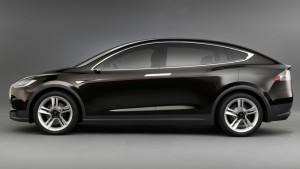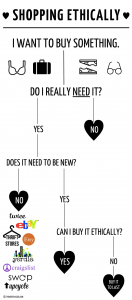So this has been an exciting week in automotive news. Tesla released pre-orders for its highly anticipated Model 3 car. Actual details about the Model 3’s specifications were slim. We learned that it will come with top-rated safety features and supercharging, even for the basic version of the car. We learned that all the Model 3s will come with the hardware necessary for autopilot features. (Although certain autonomous functions will require the customer to buy an upgrade.) And we learned the car will go 215 miles on a single charge at a minimum, and it will get from zero to 60 in “less than six seconds.” (Arstechnica)

What got me interested is that I had a few friends make reservations for the cars, which required a $1,000 deposit. For $35,000, it is incredible that Tesla has been able to make an electric car affordable and attractive. It’s been about 10 years since we first heard Elon Musk announce the dream for electric cars to be available for the masses. Benefits of electric cars has always been centred around the lack of tailpipe emissions and its lower cost to operate and maintain which directly and indirectly affects the environment. It still blows me away that for $35,000, few thousand more than a standard Honda Civic, you can have a Tesla with a 15″ landscape touch screen, and go 0-60 MPH in under 6 seconds while being friendly to the environment.
New Partnerships….?
All this buzz around Tesla’s new Model 3 has made everyone excited, but just today Tesla also announced a new partnership that makes an attempt to highlight what the company is really focused on at its core – innovation – aside from just making cars for profit. We discussed in our recent classes briefly about key partnerships that work together synergistically for social causes. In this case, it looks like Tesla is prepared to work together with Quantas Airlines on their “Future Planet Program”.

“Qantas will become Tesla’s airline of choice in Australia and offset all the car maker’s domestic corporate travel emissions as part of Qantas’ Future Planet Program. Regular meetings will occur between both companies to investigate future opportunities around sustainable transport. Qantas’ Head of Environment and Fuel, Alan Milne, said the collaboration was a meeting of minds.”
“Both our companies are passionate about continuing to push the boundaries of customer service, innovation and sustainability in the transport industry.” (Quantas News Room)
It’s great to see two companies that are transportation giants in their own respective industries partner together where their goals are aligned. Although to many consumers it may seem small, these partnerships and initiatives with the intention of innovating for sustainable ideas will go a long way. If these companies don’t set the example of effective collaboration and lead the way, who will?





